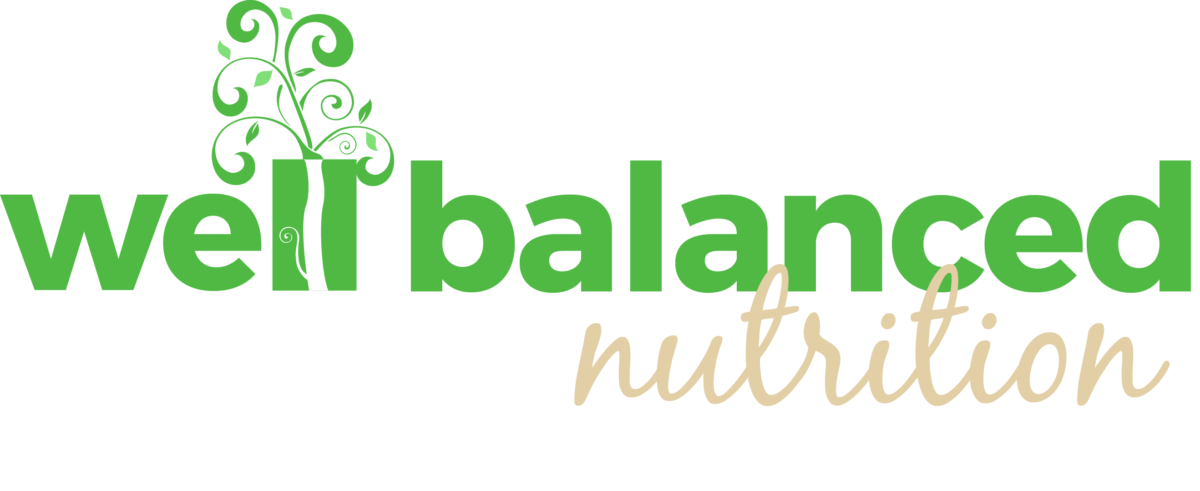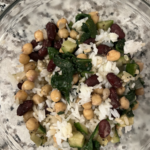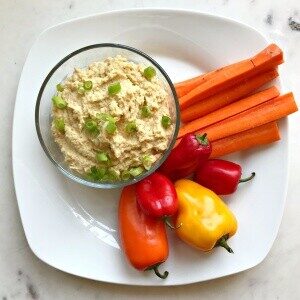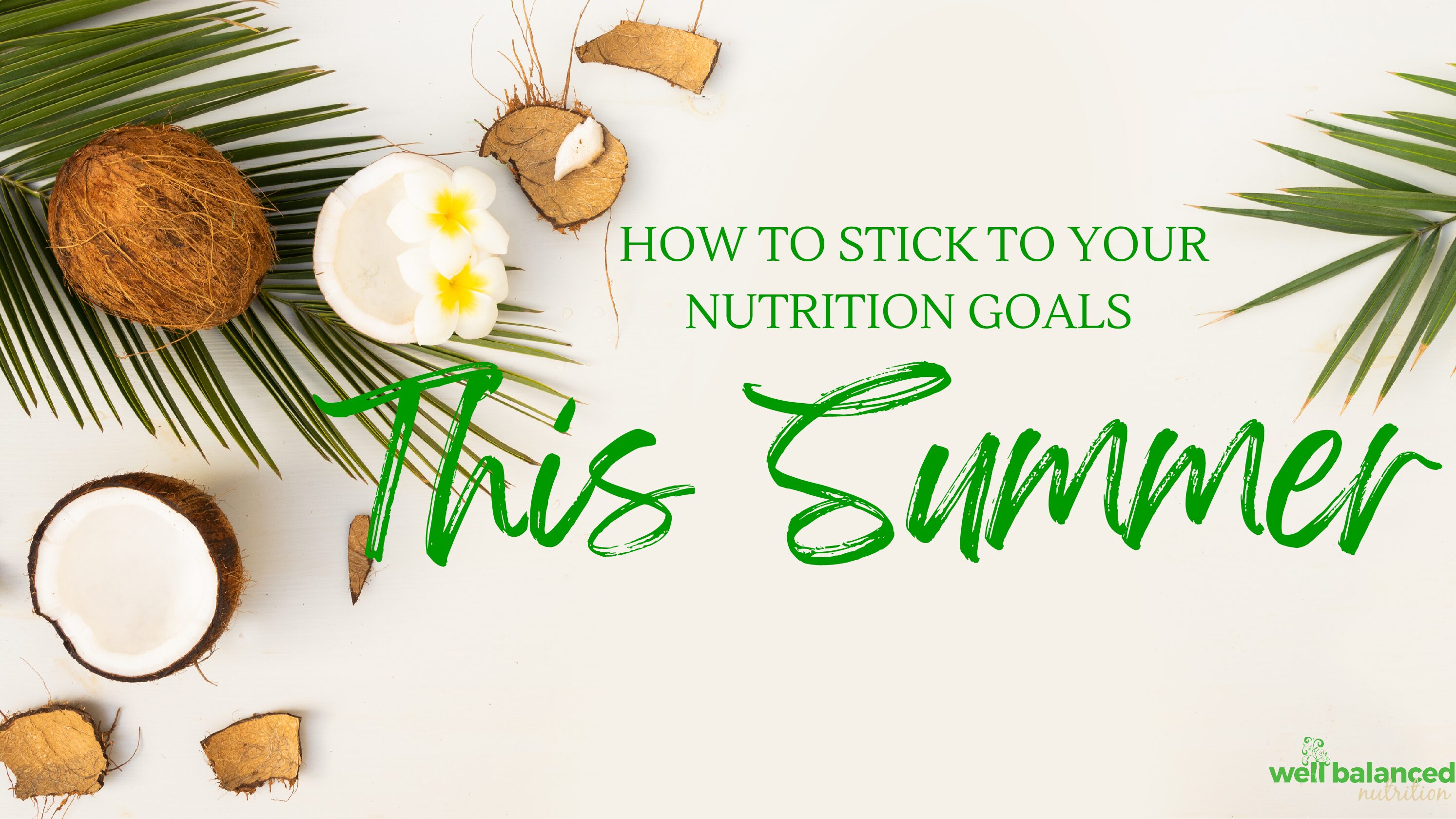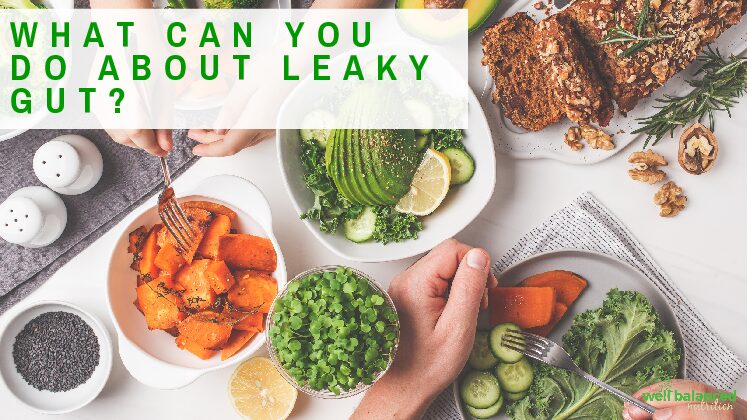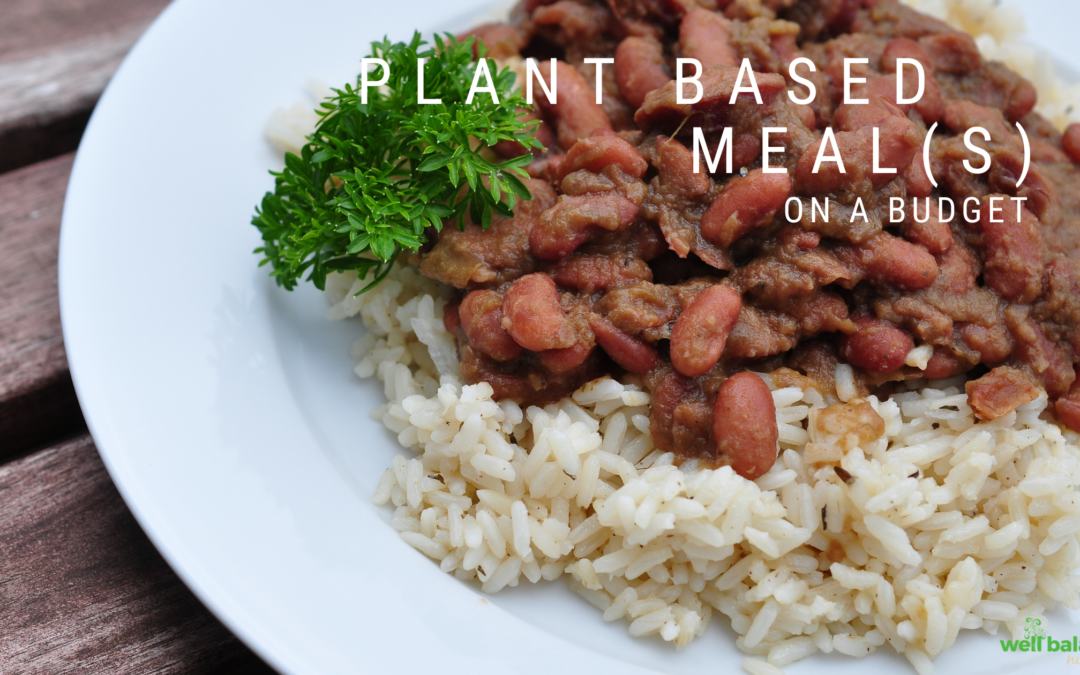
Plant Based Meal(s) on a Budget
Are grocery prices making meal planning more difficult?
As if meal planning wasn’t hard enough, the ever-rising food and gas prices can make it feel not only timely but costly. Meal planning, grocery shopping, and prepping feel more stressful than ever these days. That’s why I (Coach Bella) decided to go on a mission to create a simple, affordable, and quick recipe that won’t break the bank or your back!
Bean, Rice, and Veggie Bowl
Cooking plant-based can actually be quite affordable, especially when opting for nutritious staples like rice and beans. For this recipe, I got my ingredients from Trader Joe’s and even opted for organic versions of a few ingredients (spinach, zucchini, kidney beans, and chickpeas). The prices are listed beside the ingredients. The grand total, with tax, was $12.18. However, this is meant to provide about 3 meals if eaten alone, or 5 meals if something is added to it like eggs, chicken/turkey, more veggies, or a side salad. That’s only $4.06/meal for 3 meals or $2.44/meal for 5 meals (with the additional cost of whatever else you add)!
Ingredients:
- 1 bag of spinach ($2.29)
- 1/2 bag of rice– jasmine, brown, white ($2.99)
- 1 onion ($0.99)
- 2 zucchinis ($3.69)
- 1 can of chickpeas ($0.99)
- 1 can of beans- kidney, black, northern, or your fav ($0.99)
Steps:
- Chop the zucchini and onion
- Drain and rinse the chickpeas and beans
- Cook the rice
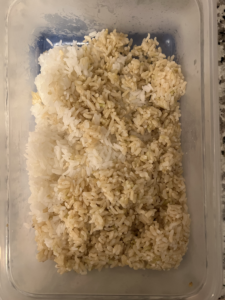
- As you can see I had some brown rice to use up so I mixed the jasmine and brown rice together.
- Sauté the zucchini and onions
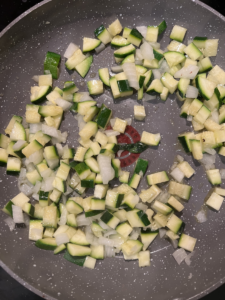
- I used olive oil, salt, pepper, and garlic powder to season
- Add the spinach to the pan with the onions and zucchini. Cook until spinach is wilted or cooked to your liking. (Option to leave spinach raw and have it as a base to the dish.)
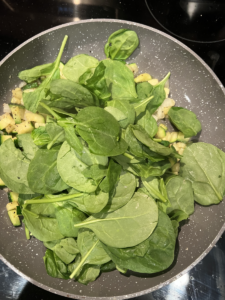
- Add the beans to the pan as well to lightly cook.
- I added more seasoning once the beans were in the pan.
- Optional toppings
- Salsa, shredded lettuce, and Mexican cheese
- Sriracha
- Green goddess dressing
- Curry sauce
- Enjoy!
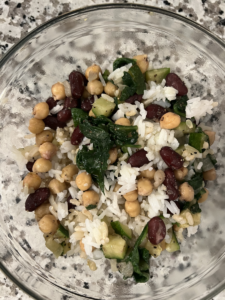
I used kidney beans + chickpeas. Two cans of beans could be used as opposed to chickpeas and beans.
Vegetarian Bean and Rice Bowl
Ingredients
- 1 bag of spinach
- 1/2 bag of rice jasmine, brown, wild rice
- 1 onion
- 2 zucchinis or veggie of choice
- 1 can of chickpeas
- 1 can of beans- kidney black, northern, or your fav
Instructions
- Chop the zucchini and onion
- Drain and rinse the chickpeas and beans
- Cook the rice
- Sauté the zucchini and onions
- Use oil and seasonings of choice
- Add the spinach to the pan with the onions and zucchini. Cook until spinach is wilted or cooked to your liking. (Option to leave spinach raw and have it as a base to the dish.)
- Add the beans to the pan as well to lightly cook.
- Add optional toppings such as Sriracha, curry sauce, cheese, lettuce, salsa, etc.
- Enjoy
